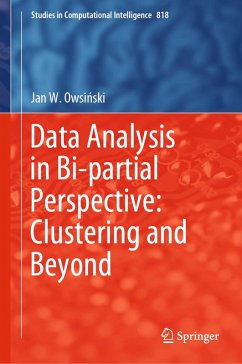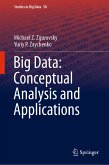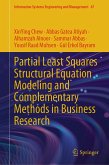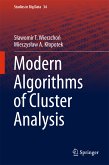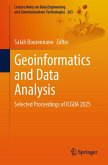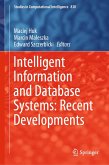This procedure has a striking affinity with the classical hierarchical merger algorithms, while also incorporating the stopping rule, based on the objective function. The approach resolves the cluster number issue, as the solutions obtained include both the content and the number of clusters. Further, it is demonstrated how the bi-partial principle can be effectively applied to a wide variety of problems in data analysis.
The book offers a valuable resource for all data scientists who wish to broaden their perspective on basic approaches and essential problems, and to thus find answers to questions that are often overlooked or have yet to be solved convincingly. It is also intended for graduate students in the computer and data sciences, and will complement their knowledge and skills with fresh insights on problems that are otherwise treated in the standard "academic" manner.
Dieser Download kann aus rechtlichen Gründen nur mit Rechnungsadresse in A, B, BG, CY, CZ, D, DK, EW, E, FIN, F, GR, HR, H, IRL, I, LT, L, LR, M, NL, PL, P, R, S, SLO, SK ausgeliefert werden.

